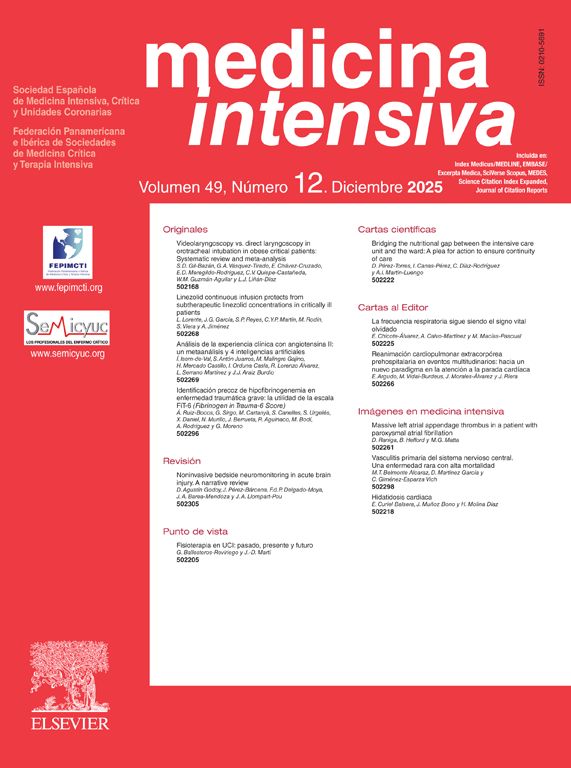A 68-year-old male was admitted to the Intensive Care Unit due to an inferoposterolateral acute myocardial infarction (Killip class IV). Emergency coronary angiography revealed severe two-vessel coronary artery disease, subjected to angioplasty with the placement of drug-eluting stents. The patient exhibited moderate ventricular dysfunction, in addition to ischemic hepatitis and the need for renal replacement therapy. Control transthoracic echocardiography demonstrated the presence of a lateral aneurysm (Fig. 1, white arrow). The study was completed 7 days later with cardiac magnetic resonance imaging (Figs. 2 and 3). A giant pseudoaneurysm, measuring 90×60mm, was identified (black arrow), accompanied by severe ventricular dysfunction. A very wide neck was observed (suggestive of aneurysm), but without myocardial visualization in the lesion. Furthermore, the lesion demonstrated rapid expansion over the course of one week, suggestive of a pseudoaneurysm. The reference center confirmed the diagnosis and initiated a pre-transplantation evaluation of the patient.
Financial supportNone.










